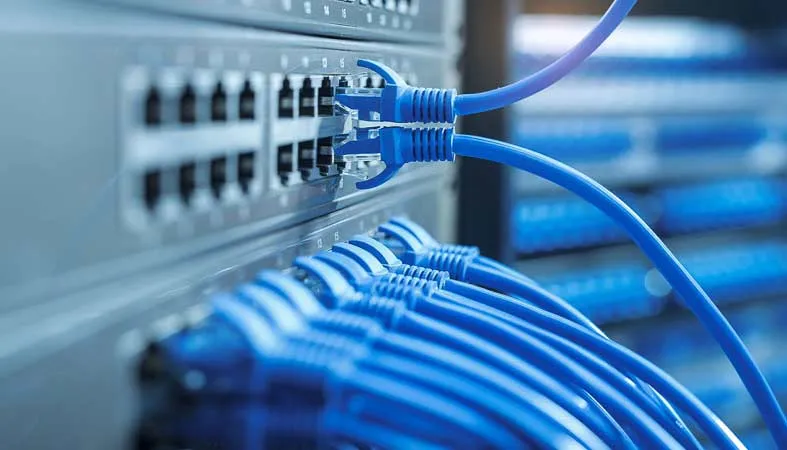The field of cellular technology continues to evolve. The 4G network is currently being upgraded to 5G, that will speed up more efficient than the previous network.
Each new network generation provides the most advanced technology and devices. Cellular technologies are evolving, and old devices are substituted.
1G
Since the first cellular phone networks launched in the 1980s every new generation of mobile technology has ushered in faster speeds and better quality. Every new generation comes with its own unique advantages and features that are improved on the previous one.
1G was a first generation mobile phone network which utilized analog technology. Users could only make voice calls. The 2G generation that followed included digital voice and SMS messaging.

2G was followed by 2.5G networks that added packet switching with GPRS and EDGE technology. This set the stage for high speed apps for mobile data. However, there are limits to how fast the mobile data connection could be. The restrictions usually come via data plan usage limits, hotspot caps or video throttling.
2G
2G brought wireless data transfer to SMS and the voice. Using the exact same controls that were used for speaking, data transfer enabled text or images to be transferred between cellphones. The technology changed the way people used to communicate. This also led the candy bars phones like the Nokia 3210 which sold over 160 million units.
As 3G networks are rolled out worldwide, users are now able to use mobile internet to browse websites and run basic apps. It also paved the way for advanced features such as HD Videoconferencing and Mobile TV.
These networks allowed speedier data transfer, which enabled advanced capabilities like HD mobile TV and video conferences. It also made it possible to develop mobile IoT applications such as NB IoT and LTE M.
3G
Increased use of smartphones made it clear that the 2G network was not sufficient anymore to handle the data flow. The need for new technology to satisfy the ever-growing requirements of customers was evident.
GSM was first introduced in the year 1990, and the dang ky internet viettel technology of cellular phones evolved from analog to digital. This was the beginning of 3G networks.
3G networks provide much faster data transfer speeds over their predecessors. The 3G network enabled internet access on mobile devices. Businesses could remain connected on the move.
With many service providers switching to LTE, the 3G age is ending. This will impact technology such as alarm systems for homes as well as GPS devices. As a result, you should take measures to ensure that your devices are running smoothly, and prepare to adapt.
4G
The development of 4G networks is going to change the face of technology for mobile devices. The new mobile technology provides faster data rates and higher connection densities, as well as less latency.
As 3G networks have become overcrowded and suffer with slow speeds and a lack of speed, 4G is an advanced technology that allows for high-end gaming apps, HD mobile television, videoconferencing and IP phones. The beamforming technology makes use of directional antennas to enhance Ricean factors, improve SNR, and reduce root mean squared time spread.
Smartphones are the primary factor in 4G. This device has helped to make 4G an enormous success. However, it’s also anticipated to allow smarter innovations across various industries. The innovations will help companies improve productivity and reduce costs. They will also enhance the quality of life for people around the world.
5G
In the future, as technology advances and get more efficient, their impact will be unexpected. As an example the 5G network is expected to be low-latency and will be able to handle huge quantities of data. This means buffering on virtual reality and streaming apps could soon be a thing in history.
It is possible to get speedy 5G by using millimeterwaves (mmWave). These frequencies can send more data each radio wave than other. It also uses beamforming to target the devices to provide more powerful signals and consumes less power than previous generations of mobile networks.
Mobile technology will change in the same manner as it did with the previous generations of mobile networks. More services as well as faster throughput will drive this development. But this time, this change could be more drastic.